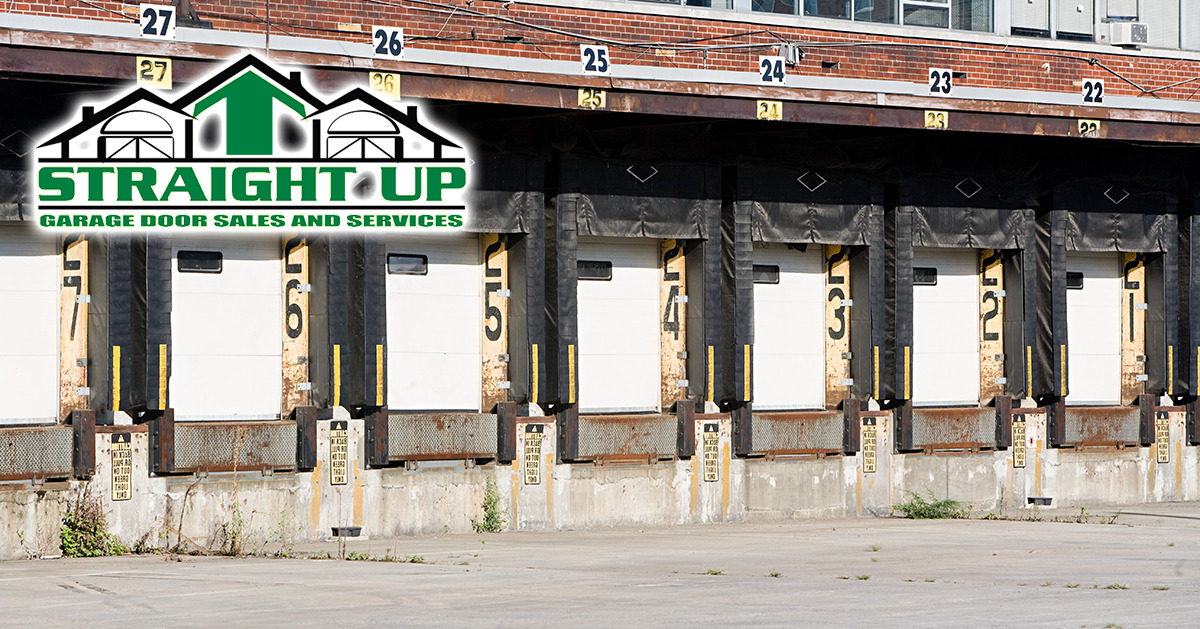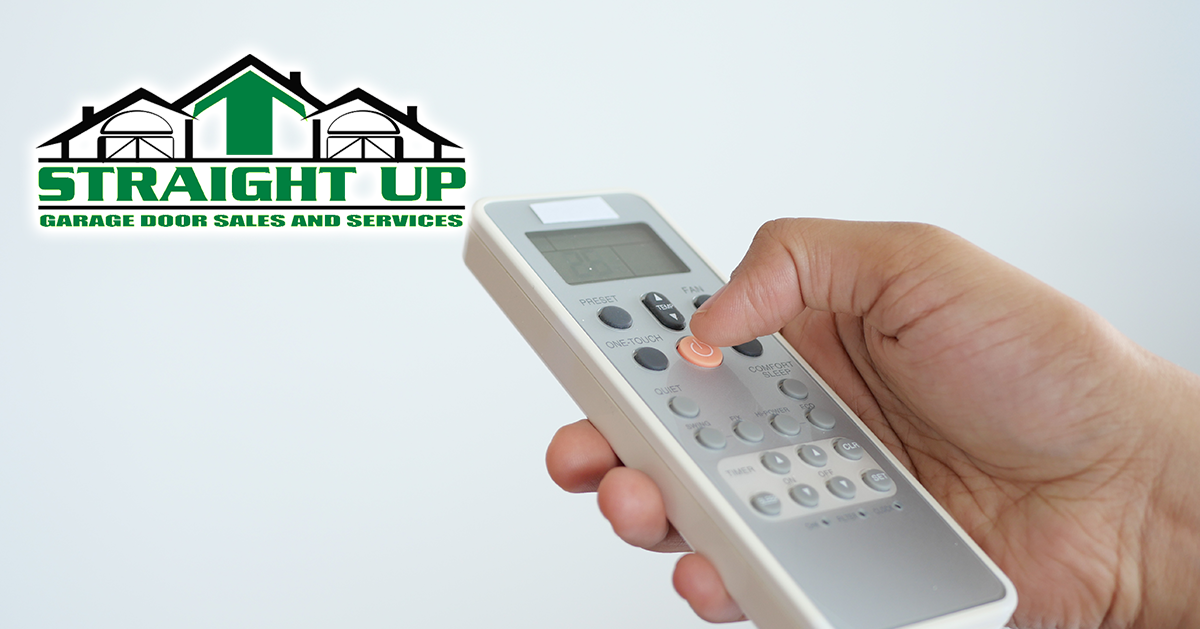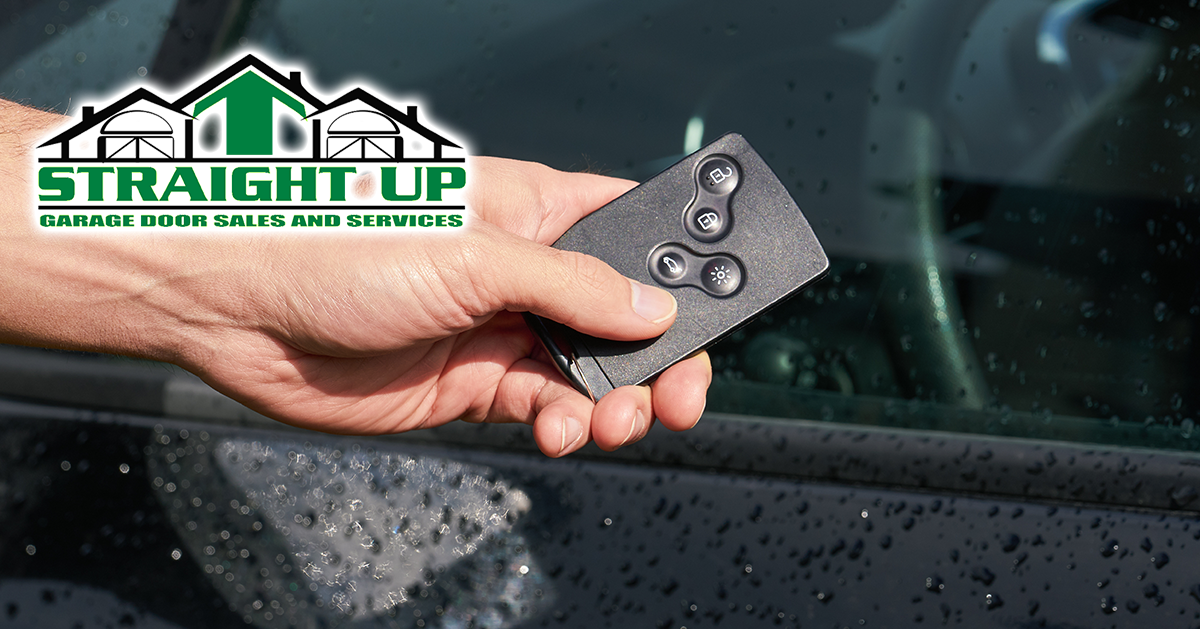Keeping your garage door safe and well maintained is one of the most essential duties of a homeowner. Garage doors in Florida are subject to some pretty unique pressures, with more humidity and the risk of extreme temperature changes being common concerns. Maintaining your garage door’s parts will extend the life of both your opener unit and door.
It can be easy to take your garage door for granted as it is always something that’s there, and can seem like it’ll just work forever. By maintaining your garage door, you can help make that as close to reality as possible.
Things to Watch For
Motor Stress
A garage door is a relatively simple machine, with few moving parts. Simple machines tend to last the longest – but only if you are maintaining your door properly.
The good news is that maintenance isn’t needed very often, and it isn’t very complex. The best way to tell if your garage door is working well is also straightforward – You only need to watch the door do its thing now and then. Most problems will show up when the door is just starting to lift off of the ground. This is because the motor has to work a little bit harder, and the springs that make life easier for the motor are under the most stress here. A funny sound, chugging, or struggling is a sign that your motor is under extra stress and might need some attention.
Blockages
Another reasonably easy job is checking along the tracks for anything that might get in the way of your wheels. It happens – Bugs, leaves, dust, a stray tennis ball… If something’s up there, it’s your job to get rid of it. Checking the wheels themselves while you’re at it is also a good idea. It’s pretty easy to spot a broken wheel, and your garage door likely won’t be functioning very well with one wheel. Needless to say, make sure any broken or cracked wheels are replaced quickly.
Springs
The springs are some other easily noticed points of failure. You’ll be able to see a broken spring if it breaks, but you might not notice it unless you’re looking for it. Despite the strain this puts on your system’s motor, a garage door is capable of operating for a time with a broken spring or two. However, if you keep pushing it this way, the motor itself is likely to fail under the added stress. This will increase your repair cost, so it’s better to have a broken spring looked at sooner rather than later. Broken springs can be very dangerous, so leave this one to the professionals!
Lubrication
The most important thing you can do for your garage door is to keep it well lubricated. While a multipurpose lubricant will do, you will get the best results with oil specifically made for garage doors. Oil up every individual joint and hinge, and this will dramatically increase the life of your door and related systems.
Testing
In order to lift your garage door, the motor of your system has springs to help it fight gravity. When the door is closed, the springs are under considerable tension and contain a lot of energy. They are actively pulling against gravity, accounting for a large part of the door’s weight. This is why a broken spring makes it very difficult for your motor to lift the door, as it’s having to lift a lot more effective weight than it usually would. It’s also what makes the springs so dangerous!
In order to safely check your springs and make sure they’re doing their job, follow these steps:
- Close your garage door
- Look for a red rope hanging down from where the arm connects the garage door to the overhead rail and pull on it
- Pay attention to the position of the little metal arm the rope is attached to – Both before and after pulling on it
- After pulling, you can lift the door manually – With your legs, and not your back!
- Test your springs by opening it halfway, and seeing if it will stay put. Do the same thing by opening the door completely as well. Hold your hands a few inches from the bottom of the door for a few seconds. If the springs aren’t working correctly, the door will come down, so be ready and be careful.
- After testing, close the door all the way slowly and carefully, but don’t let it drop hard!
- Engage the mechanism again by returning the little arm to where it was before the test.
In Conclusion
If anything has gone wrong by this point, you’ll want to call a professional! Garage door springs can be dangerous, and you’ll want to know that any issues have been resolved correctly so you can continue to enjoy extended use of your garage door for years to come.





